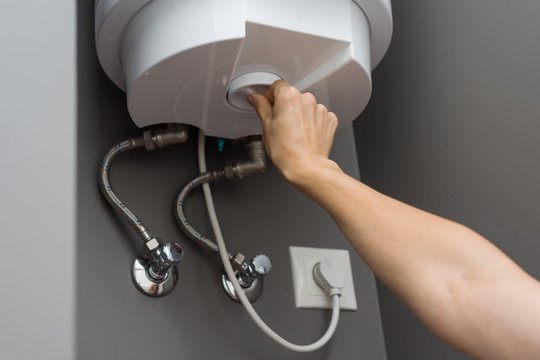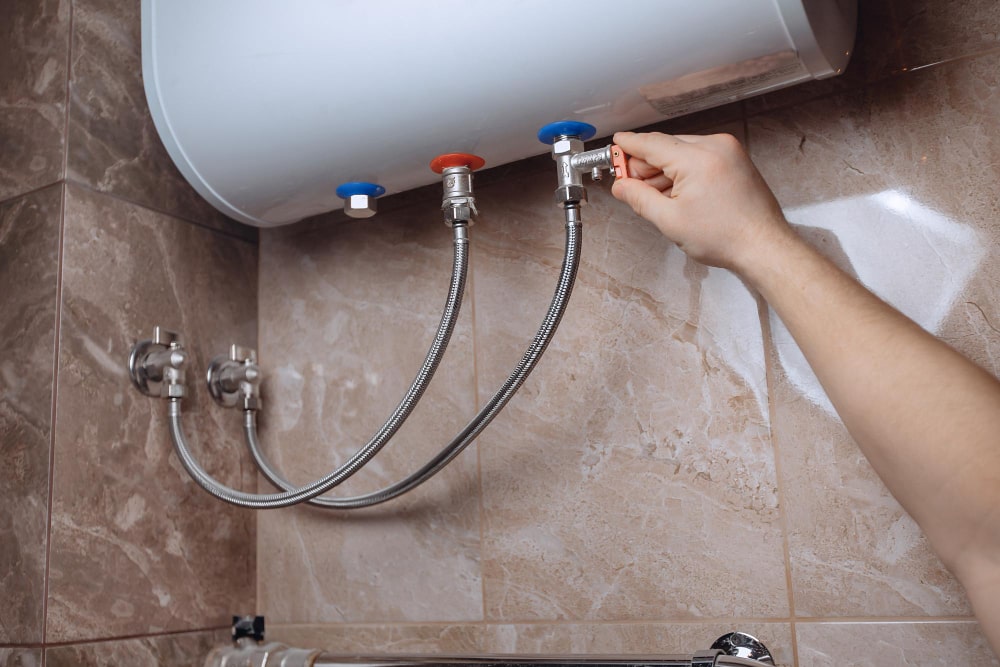Key Guidance on Caring for Your Home's Hot Water System
Key Guidance on Caring for Your Home's Hot Water System
Blog Article
In this article in the next paragraphs you'll find more excellent data relating to What Kind of Maintenance Do Water Heaters Need?.

Hot water is necessary for day-to-day comfort, whether it's for a rejuvenating shower or cleaning dishes. To guarantee your warm water system runs efficiently and lasts much longer, regular upkeep is key. This short article gives practical tips and understandings on how to maintain your home's hot water system to prevent disruptions and expensive fixings.
Introduction
Keeping your home's hot water system may appear challenging, however with a couple of straightforward steps, you can ensure it operates smoothly for many years ahead. This overview covers everything from comprehending your warm water system to DIY maintenance ideas and recognizing when to call professional help.
Importance of Maintaining Your Hot Water System
Routine maintenance not only prolongs the life-span of your warm water system however likewise ensures it operates effectively. Ignoring upkeep can cause lowered performance, higher energy costs, and also early failing of the system.
Indications Your Warm Water System Requirements Upkeep
Understanding when your warm water system needs interest can avoid major problems. Watch out for signs such as irregular water temperature level, weird sounds from the heating unit, or rusty water.
Understanding Your Hot Water System
Prior to diving right into maintenance tasks, it's helpful to understand the standard parts of your warm water system. Normally, this consists of the water heater itself, pipes, anode rods, and temperature level controls.
Month-to-month Upkeep Tasks
Routine regular monthly checks can help capture small problems before they rise.
Purging the Hot Water Heater
Flushing your water heater gets rid of debris accumulation, enhancing performance and lengthening its life.
Checking and Replacing Anode Rods
Anode rods protect against rust inside the container. Checking and replacing them when worn out is critical.
Evaluating and Changing Temperature Setups
Changing the temperature settings makes certain ideal performance and safety and security.
Do It Yourself Tips for Maintenance
You can do a number of maintenance jobs yourself to maintain your warm water system in top problem.
Checking for Leaks
Consistently check pipelines and connections for leaks, as these can cause water damage and greater expenses.
Testing Stress Relief Valves
Examining the pressure relief valve guarantees it functions appropriately and avoids too much pressure buildup.
Shielding Pipes
Protecting warm water pipes lowers warm loss and can conserve energy.
When to Call a Specialist
While DIY upkeep is useful, some issues need specialist knowledge.
Facility Problems Calling For Expert Aid
Examples consist of major leaks, electric problems, or if your hot water heater is consistently underperforming.
Routine Specialist Maintenance Advantages
Specialist maintenance can include detailed inspections, tune-ups, and ensuring conformity with safety and security standards.
Final thought
Routine upkeep of your home's hot water system is vital for effectiveness, long life, and cost financial savings. By adhering to these suggestions and understanding when to look for professional assistance, you can make sure a trusted supply of warm water without unexpected interruptions.
Water Heater Maintenance: The Basics
Maintaining your water heater will ensure it operates efficiently and has a longer lifespan. Neglecting regular maintenance can lead to costly repairs and an even bigger chunk of your savings if you have to replace it sooner than necessary. But there’s good news: Most water heater maintenance tasks are relatively simple and easy for homeowners with basic DIY skills.
Flush the Water Heater
Over time, sediment and minerals can build up in the tank, reducing its efficiency and potentially causing damage. To flush the tank, turn off the power or gas supply, attach a hose to the drain valve near the bottom and open the valve to drain the water until it runs clear. Ideally, flush the tank annually.
Replace the Anode Rod
The anode rod is a sacrificial metal rod that helps prevent corrosion inside the tank. Inspect and replace it every three to five years or per the manufacturer's recommendation. To replace the anode rod, turn off the power or gas supply, drain a few gallons of water from the tank, unscrew the old rod and replace it with a new one. If the anode rod is significantly corroded or covered in calcium buildup, it's a sign the water heater may need to be replaced soon.
Tune-Up
A yearly tune-up can help identify potential issues and ensure your water heater operates at peak efficiency. This typically involves checking the thermostat, burner assembly (for gas heaters) and any other components specified by the manufacturer. During a tune-up, the technician may also clean the burner and adjust the pilot light (for gas heaters) or examine the heating elements (for electric heaters).
How to Maintain Your Water Heater
Insulate the tank. Insulating the tank can improve energy efficiency and reduce heat loss, saving you money on energy bills. You can purchase precut insulation blankets designed specifically for water heaters or use standard fiberglass insulation wrapped securely around the tank. Check the temperature. The recommended water temperature for most households is around 120 degrees Fahrenheit (49 degrees Celsius). Higher temperatures can increase energy costs and potentially cause scalding. Use a kitchen thermometer to check the temperature at the faucet nearest the water heater. Monitor water pressure. Excessive water pressure can strain the water heater and cause leaks or even tank failure. Install a pressure-reducing valve if necessary. The ideal water pressure range is between 60 and 70 PSI (pounds per square inch). Test the temperature and pressure (T&P) relief valve. The T&P relief valve is a safety feature that releases pressure if the tank gets too hot or the pressure builds up too high. Test it annually by lifting the lever and allowing a small amount of water to release. Replace the valve if it doesn't release water or reseal properly. Check for leaks. Regularly inspect the tank, pipes and fittings for leaks or corrosion. Deal with issues promptly to prevent further damage. Even a small leak can lead to significant water damage over time. Consider a tankless water heater. If your traditional tank-style water heater is nearing the end of its lifespan ( typically 10 years), consider replacing it with a tankless water heater. These units heat water on demand, reducing standby energy losses and potentially saving you money on your energy bills. Schedule professional maintenance. While homeowners can perform many water heater maintenance tasks, it's still a good idea to schedule professional maintenance every few years. A plumber or HVAC technician can thoroughly inspect the unit, identify potential issues and ensure it operates safely and efficiently. https://www.homeserve.com/en-us/blog/home-improvement/hot-water-heater-maintanence/

I was made aware of that editorial about How to Maintain a Hot Water Heater in a Few Simple Steps from an associate on our other web address. Enjoyed reading our post? Please quickly share it. Let somebody else find it. I am grateful for being here. Revisit us soon.
Find Out More Report this page